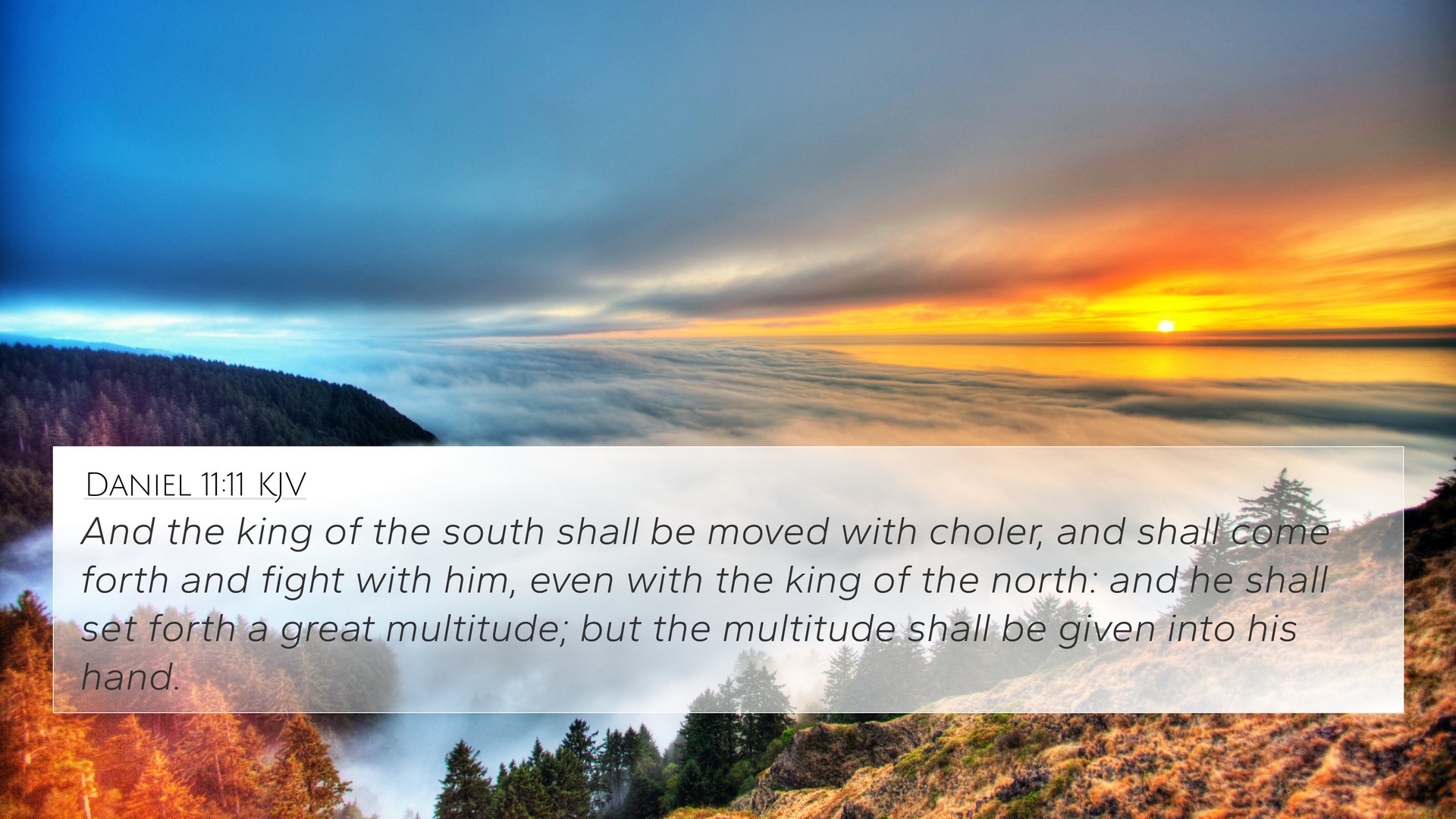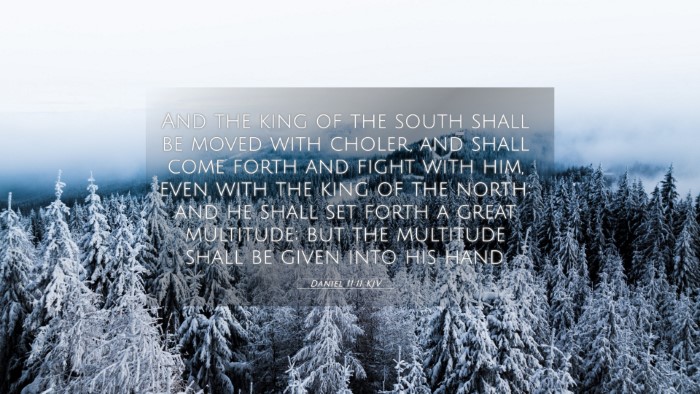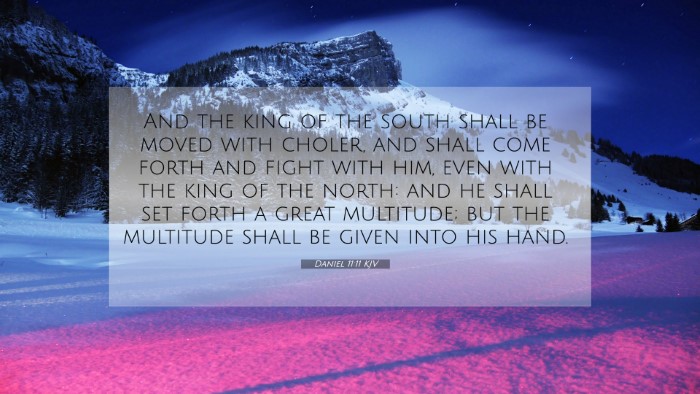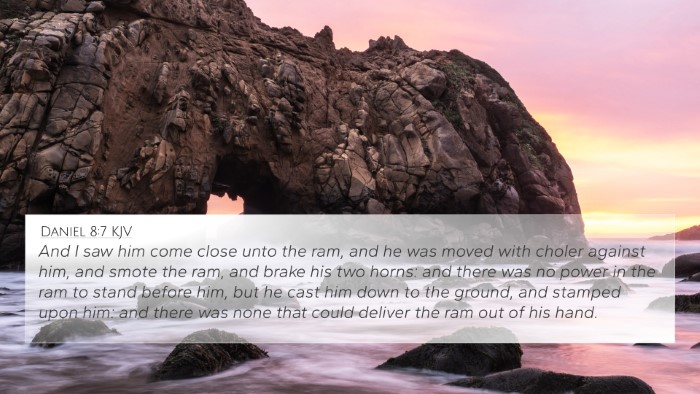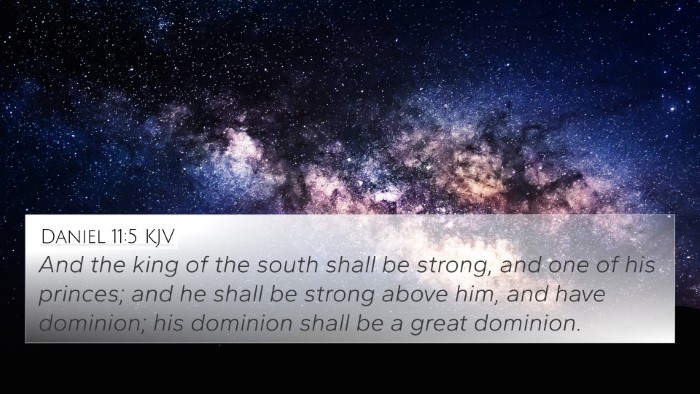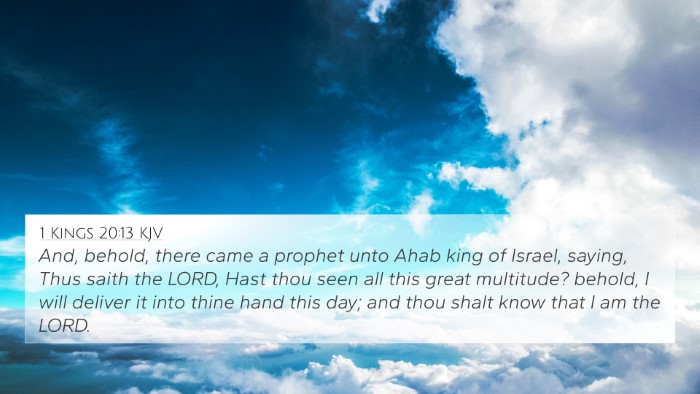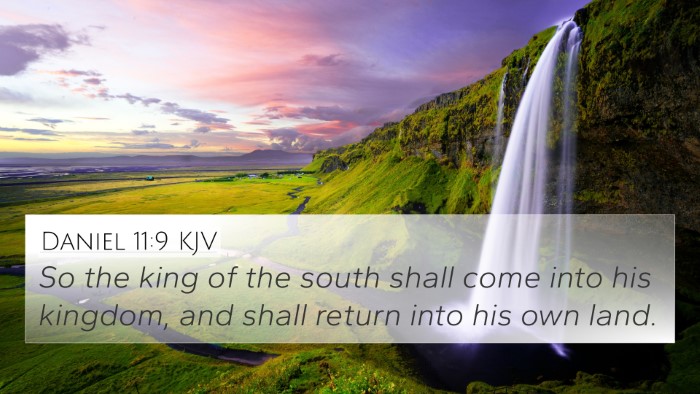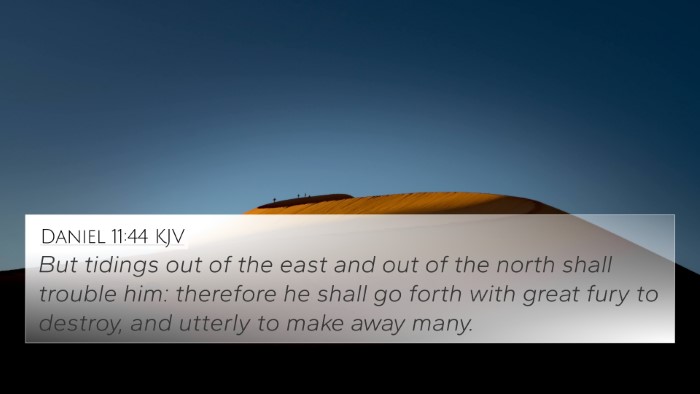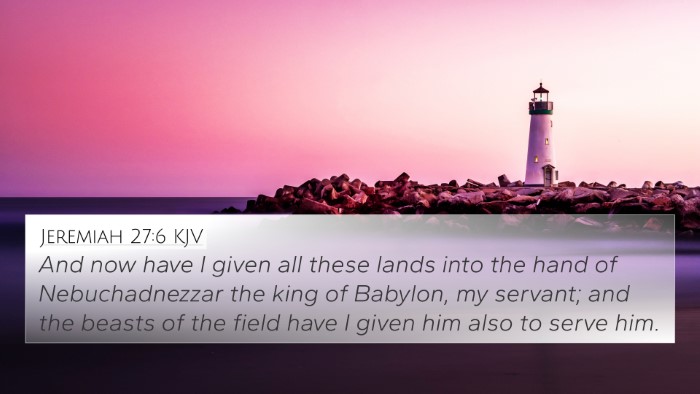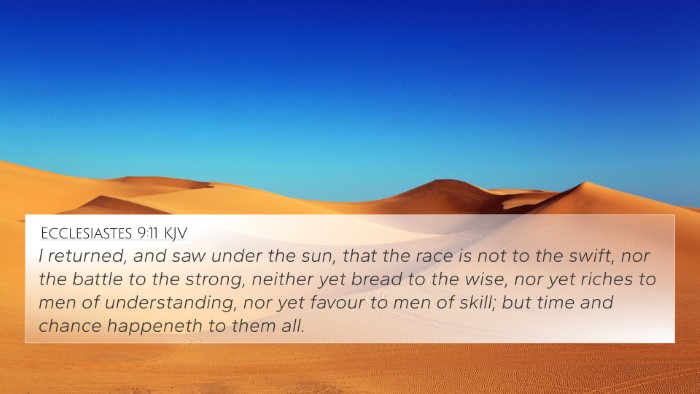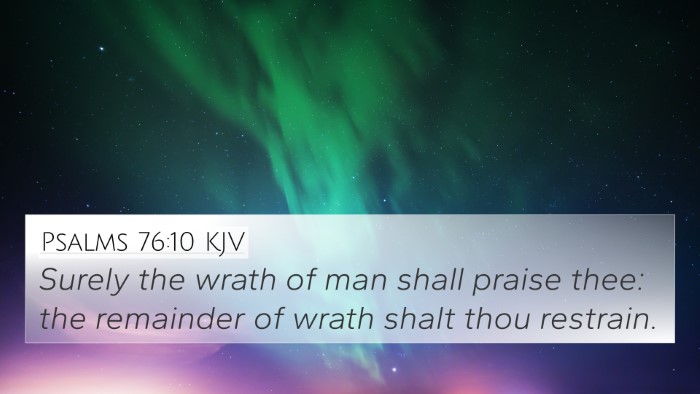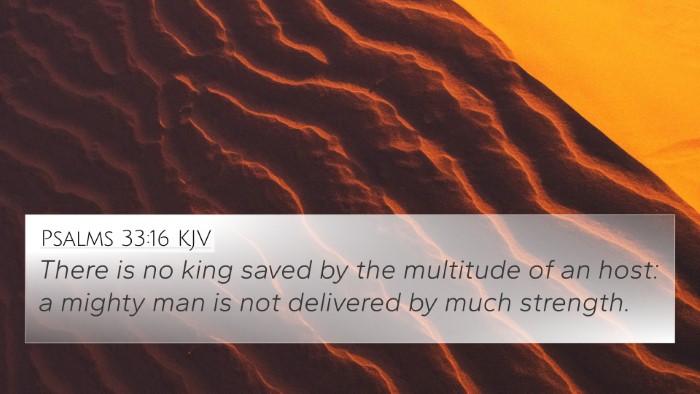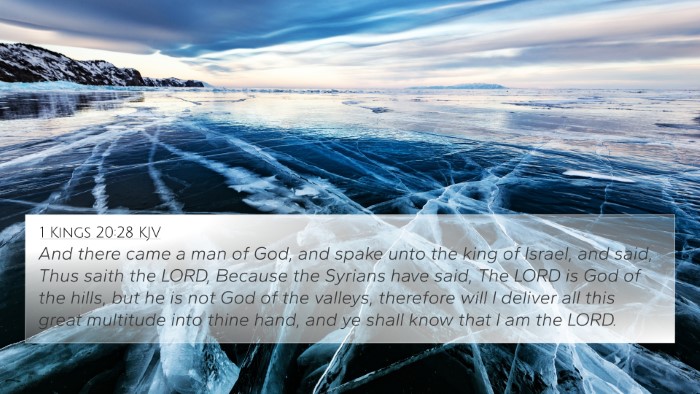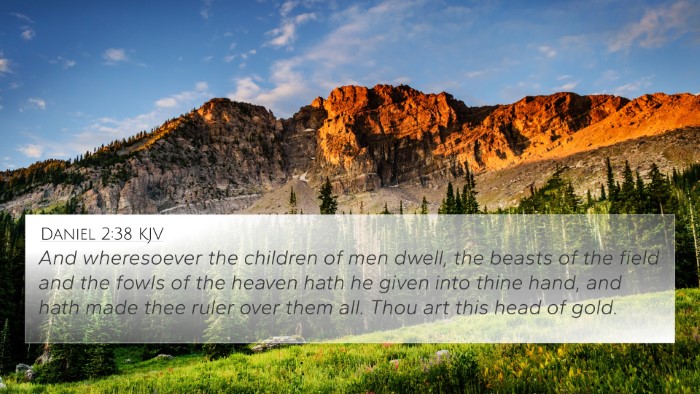Understanding Daniel 11:11
Verse Text: "And the king of the South shall be moved with choler, and shall come forth and fight with him, even with the king of the North: and he shall set forth a great multitude; but the multitude shall be given into his hand."
Summary of Daniel 11:11
This verse describes a significant conflict between two powers, often interpreted as the king of the South and the king of the North. It highlights themes of warfare, power struggles, and divine sovereignty in the outcomes of human affairs. The "king of the South" exhibits anger and engages in battle, which leads to a significant military event where the larger multitude is ultimately defeated.
Exegetical Insights
When examining this passage through the lens of several public domain Bible commentaries, we find valuable interpretations:
- Matthew Henry: Henry emphasizes the divine providence underlying historical events. He interprets the anger of the southern king as characteristic of pride and ambition, portraying the conflict as part of God’s sovereign plan for Israel's history.
- Albert Barnes: Barnes points out the geographical and political implications of the verse, indicating that the king of the South likely represents Egypt, while the king of the North symbolizes the Seleucid Empire. He underscores the notion that large numbers do not guarantee victory without divine intervention.
- Adam Clarke: Clarke expands on the historical context, relating the verse to the broader narrative of the conflicts between the Ptolemies and the Seleucids. He details the fervor of war and the eventual defeat of the multitude, reflecting on the transient nature of earthly powers.
Cross-Referencing Biblical Texts
Understanding Daniel 11:11 is enriched by linking it with other Scripture passages that illustrate similar themes of conflict, ambition, and divine sovereignty. Here are key Bible verse cross-references:
- Daniel 8:7: Describes the conflict between significant powers and the import of divine judgment.
- Isaiah 10:5: Reflects on the rod of God’s anger used against nations.
- Revelation 17:14: Presents a picture of the final conflict of powers aligned against the Lamb.
- Joel 3:9-12: Calls nations to battle, showing God’s control over conflicts.
- Matthew 24:6: Jesus’ prophecy of wars and rumors of wars as signs of the end times.
- James 4:1: Discusses the source of conflicts, connecting human desire with unrest.
- Proverbs 21:30: Asserts that there is no wisdom or understanding against the Lord, reflecting on the futility of pride.
Thematic Connections
The thematic Bible verse connections surrounding Daniel 11:11 often reveal the struggles of power and ambition in light of God’s overarching plan:
- Power Struggles: Links to conflicts detailed in Revelation and other Old Testament prophetic writings.
- Divine Sovereignty: As emphasized in Ezekiel 38-39 regarding the ultimate defeat of nations that rise against God’s purpose.
- Human Ambition: Found in the Proverbs, reflecting how human desires lead to discontent and conflict.
Tools for Bible Cross-Referencing
To deepen the comparative Bible verse analysis, various tools are helpful:
- Bible Concordance: Provides an index of words and phrases found in the Bible.
- Bible Cross-Reference Guide: Useful for finding complementary verses that strengthen understanding.
- Bible Reference Resources: Including commentaries, maps, and historical context to provide depth.
Conclusion
Daniel 11:11 serves as a profound reminder of the interplay between human ambition and divine direction. Through comprehensive Bible cross-reference materials, believers can navigate the complexities of scripture, revealing connections between various biblical texts that enhance understanding and insight into God’s plan for humanity.
Further Study Suggestions
To explore the implications of this verse and its connections, one might consider:
- How to find cross-references in the Bible to unveil intertwined narratives.
- Identifying connections between Old and New Testament themes related to power and conflict.
- Using cross-referencing Bible study methods to correlate similar events portrayed in different parts of scripture.
